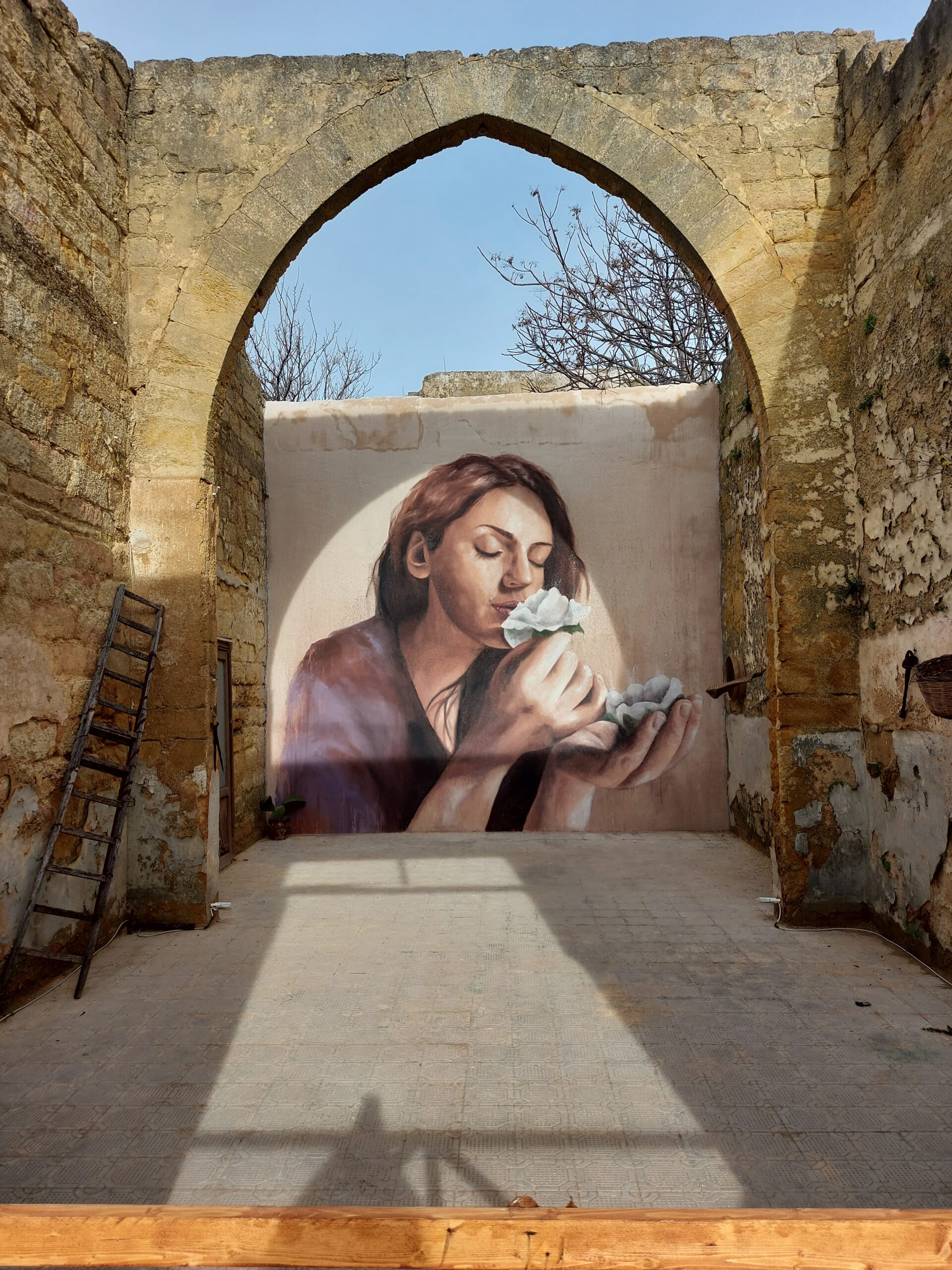Montevago is a town in the province of Agrigento with 2,674 inhabitants. Since the most remote period, the territory of Montevago, which overlooks the Belice river, has been a place of human settlement, as evidenced by the numerous finds of archaeological material. After the Muslim occupation in 827 A.D., farmhouses and villages were built in the area, of which there are still mentions in documents of the Norman period with references to urban centers. The urban settlement of ancient Montevago stood on an area where the Arabs had built a farmhouse, to which they had given the name of Manzil-Sindi. This territory then took the name of Misilindino and, with this name, it was known in 1392, when King Martino granted the three fiefs of Adrigna, Serafino and Gipponeri to Antonio Moncada Montecateno, Count of Adernò. Since then, many lords have come and gone until Maria Paternò ceded them to Donna Girolama Xirotta. In 1642 Rutilio Xirotta, son of Girolama Xirotta, obtained from King Philip IV of Spain the title of First Prince of Montevago and opportune “Licentia populandi” to found an agricultural colony. Under this family, Montevago had a remarkable growth and the town was built according to an orthogonal scheme that gave a real city physiognomy to the town. On the night between 14 and 15 January 1968 a disastrous earthquake razed the entire town and the neighboring villages of the Belice Valley to the ground. This tragic event deeply affected the people of Montevago who, after a difficult and tiring period, managed to regain the strength to start again and start rebuilding the town a little further on, letting the new buildings grow near the ruins of the old Mother Church. The territory of Montevago offers its visitors rural landscapes of unspoiled beauty and some of which, with a strong archaeological character, such as the one in Contrada Caliata, where it is possible to admire the remains of a Muslim farmhouse and the one in Contrada Mastroagostino, where the remains of a Roman villa rustica have been found. The center is known for the sulphurous water spring that gave rise to the “Terme Acqua Pia” linked to the legend of Cinzio and Corinzia, which offer a sitting room created in the ancient “women’s pool” in which it is possible to emulate the ancient Romans. In Montevago you can also visit and spend relaxing days immersed in the nature of the Bosco del Magaggiaro, where you can take advantage of an equipped area or visit the Baglio Ingoglia and the Visual Paths in the old historic center of Montevago. One of the most important monuments was the Mother Church, dedicated to the Apostles Peter and Paul, which has now become a real “open-air museum” following the terrible earthquake of 1968. The main celebrations are the one in honor of the patron San Domenico, the Feast of the Madonna delle Grazie at the Franciscan Sanctuary where you can admire the painting of the Madonna delle Grazie crowned by Saint John Paul II during his visit to Agrigento in 1999. Among the events of interest we mention the Carnival with parades of floats and the Festival of wine and local products, including the “Nocellara del Belice” DOC. Among the typical products we remember the “cassatella sfighiuliata” and the “muffuletto” to be seasoned with extra virgin olive oil.
Comune di Montevago
Montevago, AG, Italia

